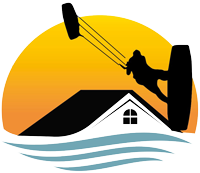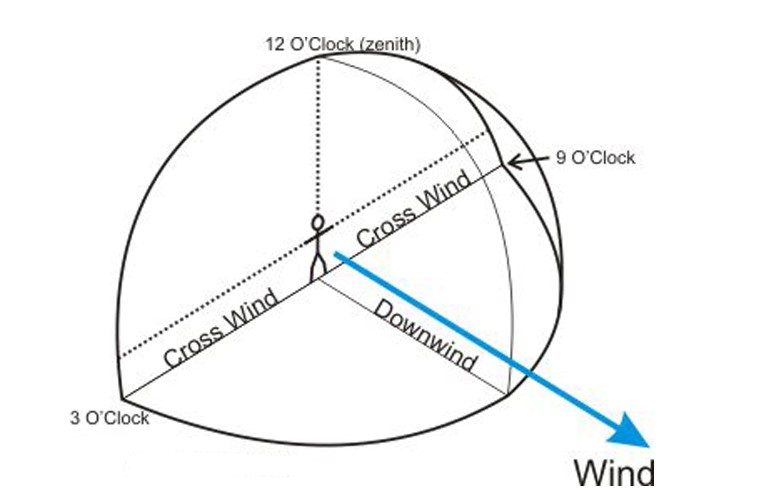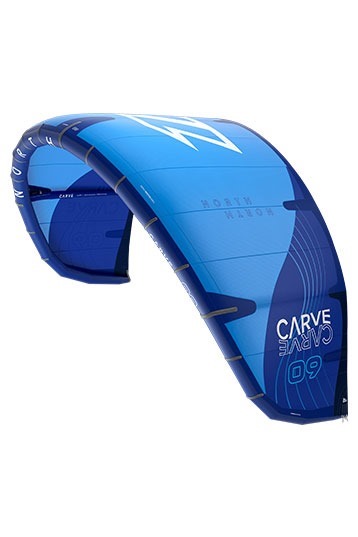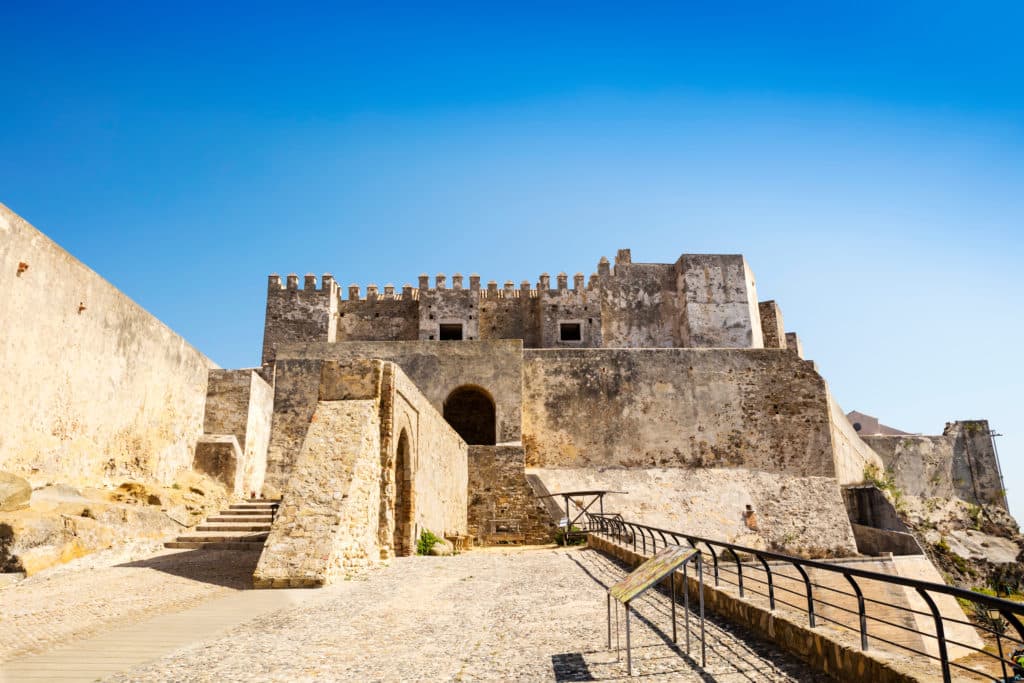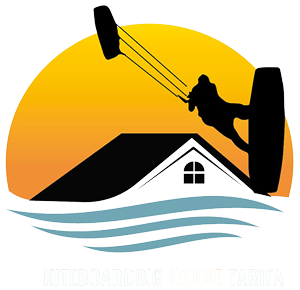The Wind Window
The Wind Window
There are two main parts, and one intermediate part that make up the wind window.
• The Edge
• The Intermediate Zone
• The Power Zone
The kite produces different amounts of power in each zone, so we use them all for different purposes.
The Edge
The edge of the window (AKA the shoulder), is where the kite has the least amount of power. It is the furthest that the kite can fly into the wind, and all of the kite’s power is produced by lift.
You want to park your kite here when you do not want much power – when you are taking a rest, putting on your board, or launching and landing.
The Intermediate Zone
The intermediate zone is the area between the shoulder and the power zone .
When flying in this zone the kite begins to build up speed, which increases its power. In addition, the kite catches more wind, which adds even more power. These two things combined can create a lot of power in the kite.
The Power Zone
The power zone is where your kite has maximum power.
This is the place where your kite is moving the fastest and catches the most wind – this creates an extreme amount of power.
This is where you create the pull you need to kiteboard and do cool tricks. Because the power zone is so powerful, you never want your kite there unless you put it there intentionally.
If something happens (i.e. you trip) and you see your kite making a dive for the power zone, dump all of your power (for those with bow or hybrid kites) or release your chicken loop.
Finding the Wind Window
Navigating the Wind Window.
Kiteboarders use a clock-type navigation to describe the wind window, it works.
Note: The 12 o’clock position is also called the zenith position.


Using the Wind Window
Since the window houses all the power that we use while kiteboarding , we need to learn how to harness that power.
Flying your kite in a certain pattern will produce a certain effect – and learning what pattern to fly is what kiteboarding is all about!
For this page I will only discuss two specific flight paths.
One that creates very little power and one that creates a lot of power.
Flying in the Shoulder
You fly in the shoulder when you want little power. I bring this up because it is important to understand one point – you need to fly your kite very slowly in the shoulder. Just because the kite has the least amount of power doesn’t mean that it has no power. Flying your kite too fast here can still pick you
up off the ground, so keep your movements slow and controlled – just like your instructor taught you!
Power Strokes
The power stroke is the basic power generating move.
The purest form of power stroke is used when you water start.
Here’s how it’s done.
Medium Power


– Start with the kite at around 1 (or 11)
and dive it through the
window to around 9:30 and 2:30
High Power


– Start with the kite
at around 2 o’clock (or 10) and dive it through the
window to around 9:30 and 2:30
